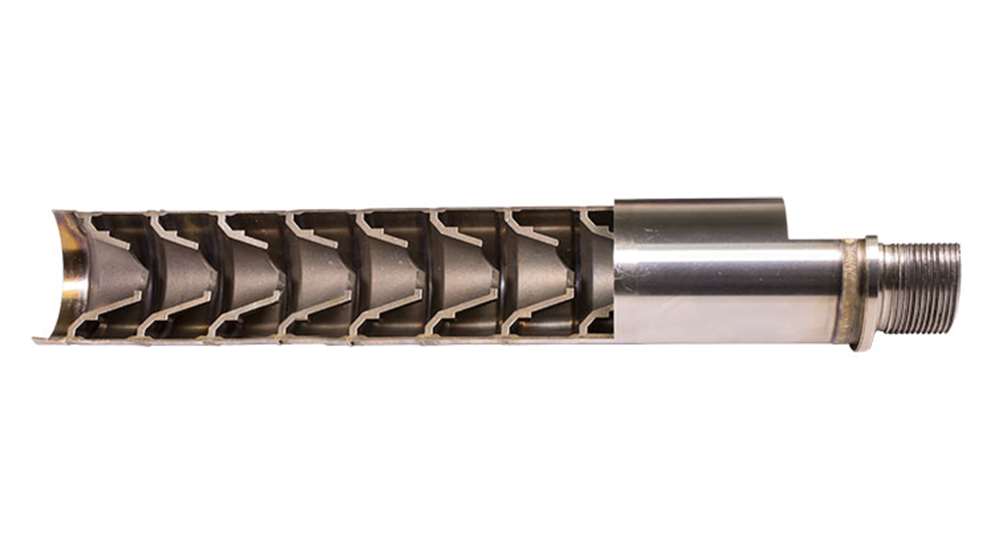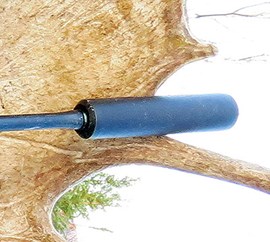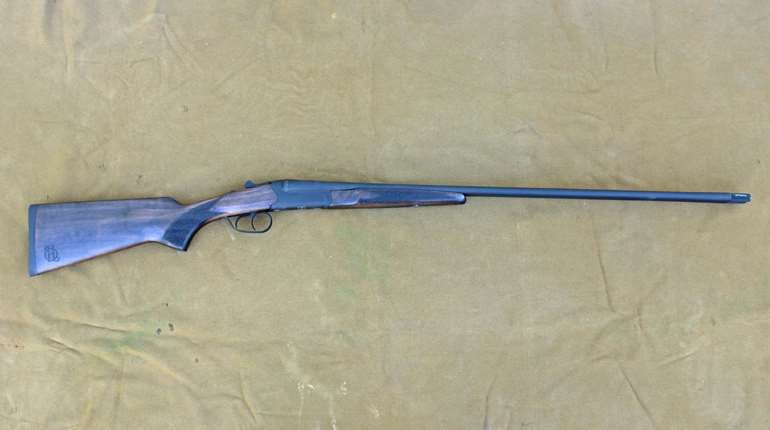
Suppressors are often referred to as “cans” because they look like, well, a soda can on the end of a barrel. Note that “silencer” is really not the correct term; suppressors don’t actually silence anything. They merely reduce the audible sound emanating from the muzzle of a hunter’s rifle to differing degrees.
Guns make all kinds of noise when we fire them: The firing pin strikes the primer; the action cycles on auto-loaders; and of course there is the big boom—the propellant gases exiting the muzzle and the bullet breaking the speed of sound as it flies downrange. The escaping gases account for most of the boom we hear when firing.
 A suppressor offers 20-30 times greater volume compared to a thin rifle barrel. With one in place, the pressurized gases behind the bullet have a much greater space in which to expand, so the pressure of the gases falls significantly. The bullet is not traveling as quickly when it exits the muzzle so noise is lessened. Most suppressors contain escaping gases with a series of small chambers separated by baffles. To do this, manufacturers use different angles, ports and dimensional adjustments to spread out the gases and quiet them. The can above is made by Dead Air Armament.
A suppressor offers 20-30 times greater volume compared to a thin rifle barrel. With one in place, the pressurized gases behind the bullet have a much greater space in which to expand, so the pressure of the gases falls significantly. The bullet is not traveling as quickly when it exits the muzzle so noise is lessened. Most suppressors contain escaping gases with a series of small chambers separated by baffles. To do this, manufacturers use different angles, ports and dimensional adjustments to spread out the gases and quiet them. The can above is made by Dead Air Armament.
Gunshots produce noises in the range of 160-180 decibels; a good suppressor will cut that by 20-40. The best suppression coupled with optimum ammo makes the report of a rifle sound like a high-pressure air release. If supersonic ammo is used, the crack of the bullet as it exits the muzzle and breaks the speed of sound still creates a loud noise; shooters are still advised to guard against it by wearing hearing protection. Sub-sonic ammo produces lower decibels, but of course it may not produce muzzle velocity and downrange energy sufficient for killing game, and the bullet still can be heard as it zips through the air. On an auto-loading rifle, sound still escapes via the ejection port. Some suppressors are designed to be used “wet”; that is, the user fills the baffle cavities with water or some manufacturer-specified medium. “Wet” provides more suppression than “dry,” however, “wet use” must be followed to the T or else disastrous effects can be realized.
Most suppressors are made of steel and high-tech alloys, and their seams are welded. The best cans are expensive. Cans meant for .22 rimfires, however, can be made with aluminum and thus are cheaper.
Suppressors come in three categories: integral, thread-on and quick-detachable (QD).
An integral suppressor is built around an existing rifle barrel. Usually, the attachment is permanent. The barrel is often ported in multiple locations along its length, which allows gas to be siphoned off and dampened inside the suppressor. An integral design usually cannot be replaced due to wear without also replacing the barrel, thus this usually results in a firearm used for special purposes only.
Thread-on cans once were commonplace but are gradually being replaced by QD systems. They are simply screwed tight, and so they can be difficult to regulate; minor variations in torque can affect a rifle’s zero. This problem seems greatest with centerfire rifles.
QD cans offer easy-on, easy-off flexibility, and so they are becoming the norm in the market. They provide positive, repeatable indexing when locked to a flash-hider or muzzle brake common on AR-15s, which is critical to reducing an inevitable point-of-impact shift when attaching a can to the end of a barrel. They must be securely locked or else they may very well launch upon firing the first round.



































